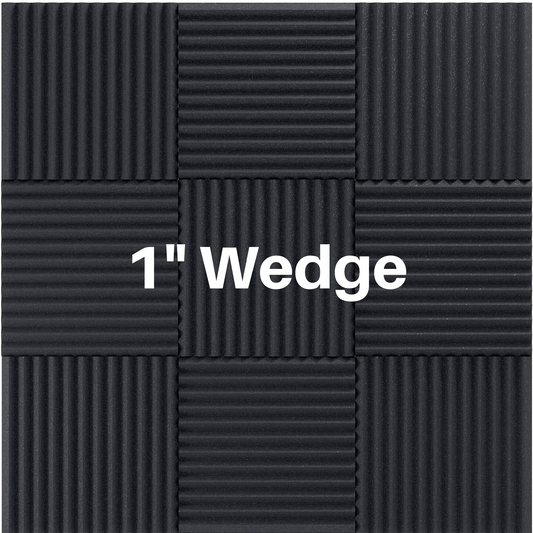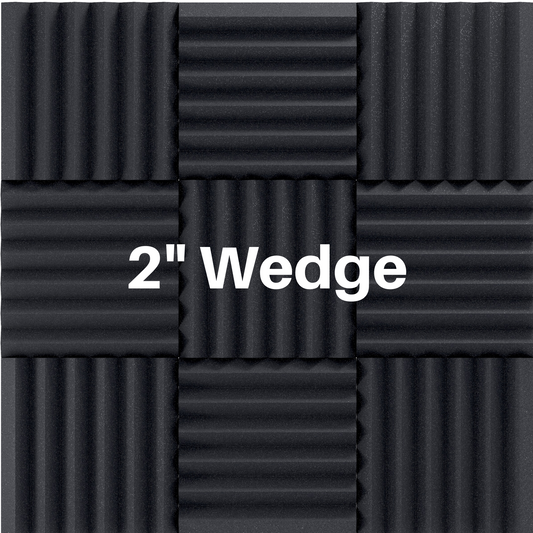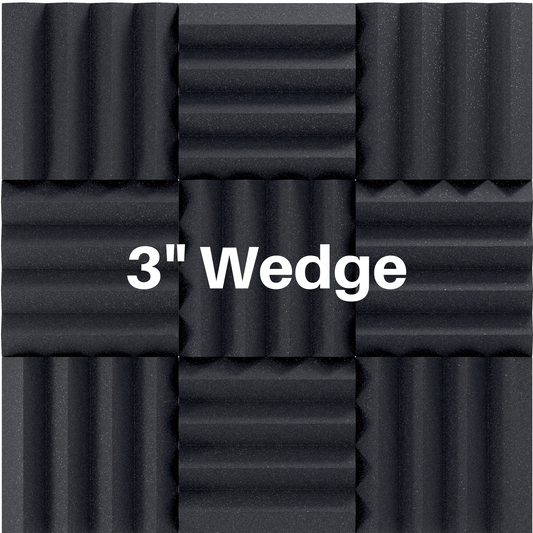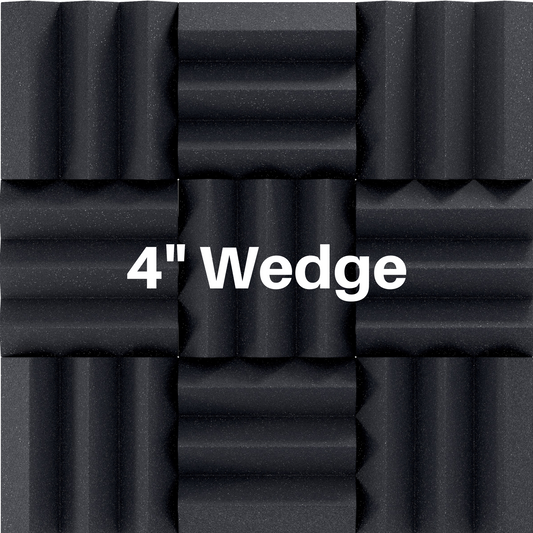Carpet And Sound Absorption
Share
Does Carpet Help With Sound Absorption?
When it comes to improving room acoustics, most people think of acoustic foam panels, bass traps, or ceiling baffles. But what about carpet? Does carpet actually help with sound absorption?
The short answer: Yes, carpet can help but it’s not a complete solution and does have drawbacks.
How Carpet Helps With Sound Absorption
Carpet is most effective at absorbing high frequency sounds. Because carpet has a soft, porous surface, it helps reduce sound reflections off the floor, making your space feel less “echoey.”
It’s especially useful in rooms with lots of hard surfaces, like drywall, concrete, or wood. Installing wall to wall carpet or even a large area rug can make a noticeable difference in echo and reverb.
What is the NRC of Carpet?

Source: The Carpet And Rug Institute
- NRC range: 0.15 to 0.55 when carpet is placed directly on concrete.
- Best performance: Cut pile and wool carpets generally absorb more sound.
- Higher pile weight or height tends to improve NRC.
- Foam backing improves NRC over regular backing. Check out our flooring underpayments Polyethylene or Neoprene.
Pairing Carpet with Acoustic Underlayment
If you want to get the most sound absorption out of carpet, pair it with an acoustic underlayment. Combining a thick carpet with a rubber based or felt style underlayment adds mass and cushion, both of which help reduce noise.
Where Carpet Falls Short
While carpet helps absorb high frequencies, it does very little for low frequency sounds, like bass from music or rumble from nearby traffic. If you’re trying to treat a recording studio, home theater, or vocal booth, carpet alone won’t cut it.
In these cases, you’ll still need targeted acoustic treatment on the walls and ceiling. Target first reflection points for panels and corners for bass traps, where low end energy builds up.
When to Use Carpet for Acoustics
- Living rooms and offices – to soften general noise and footsteps
- Conference rooms – for improved speech clarity
- Classrooms and nurseries – to cut down harsh, reflective sound
When to NOT Use Carpet for Acoustics
While carpet can help absorb high frequency sounds and reduce footstep noise, it’s not always the right solution for acoustic treatment. Here’s when carpet may not be ideal:
- You need low frequency control – Carpet does almost nothing for bass frequencies, which require much thicker and denser materials like bass traps or heavy insulation.
- You want a neutral or reflective space – In recording studios or performance rooms, too much carpet can over dampen the space and kill desirable room energy.
- You’re aiming for a professional solution – Carpet alone doesn’t provide consistent or measurable sound absorption, especially across a broad frequency range.
Combining Carpet With Panels
For best results, pair carpet with acoustic panels and/or diffusers on the walls. You’ll create a balanced sound profile that handles both high and low frequencies which is ideal for any room that needs better sound clarity.
Need help planning your treatment? Contact Us with your room info and one of our pros will help you out!




